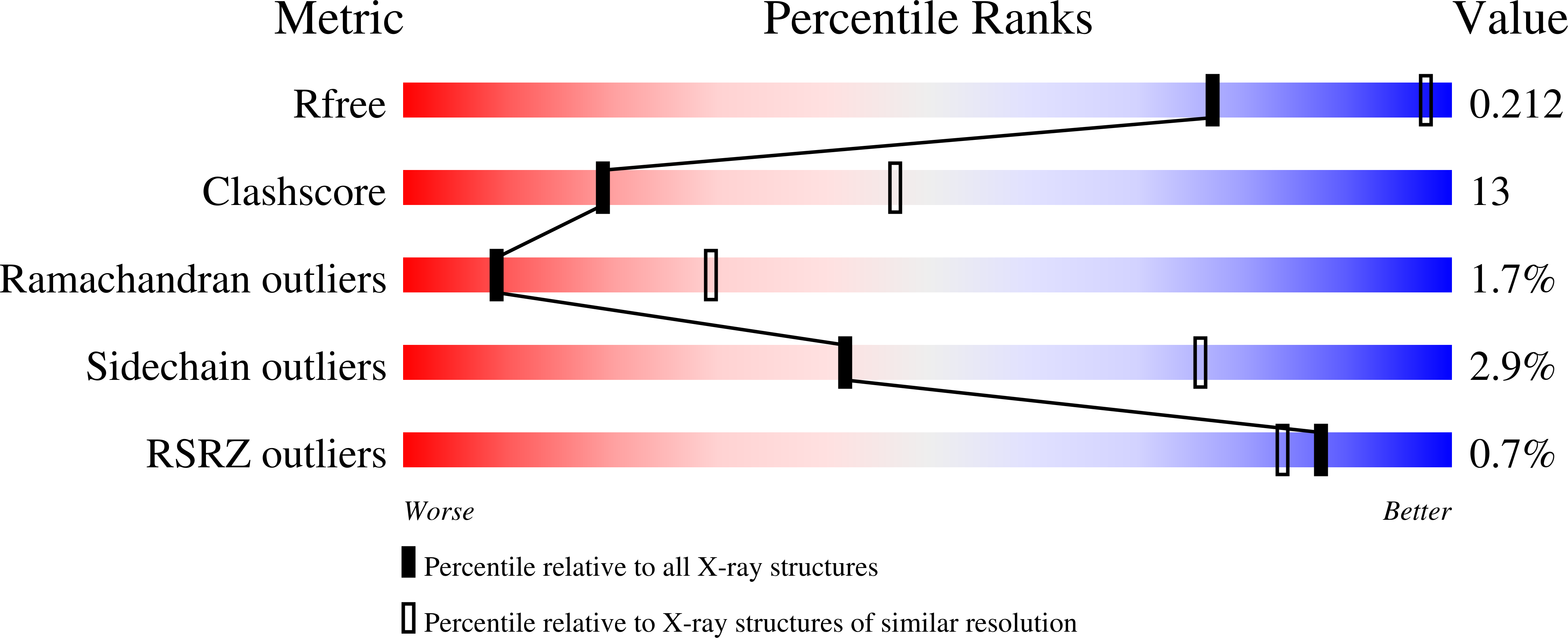
Deposition Date
2007-09-10
Release Date
2007-10-23
Last Version Date
2023-10-25
Entry Detail
PDB ID:
2R8F
Keywords:
Title:
Crystal structure of H225A NSP2 and ATP-gS complex
Biological Source:
Source Organism:
Host Organism:
Method Details:
Experimental Method:
Resolution:
2.80 Å
R-Value Free:
0.27
R-Value Work:
0.21
Space Group:
I 4 2 2


